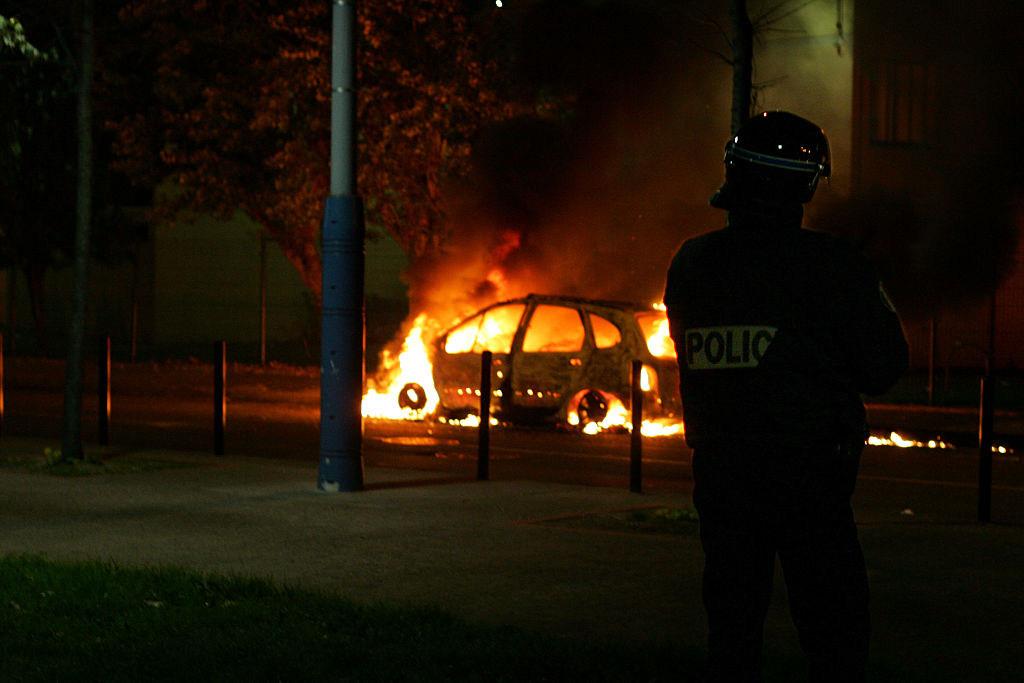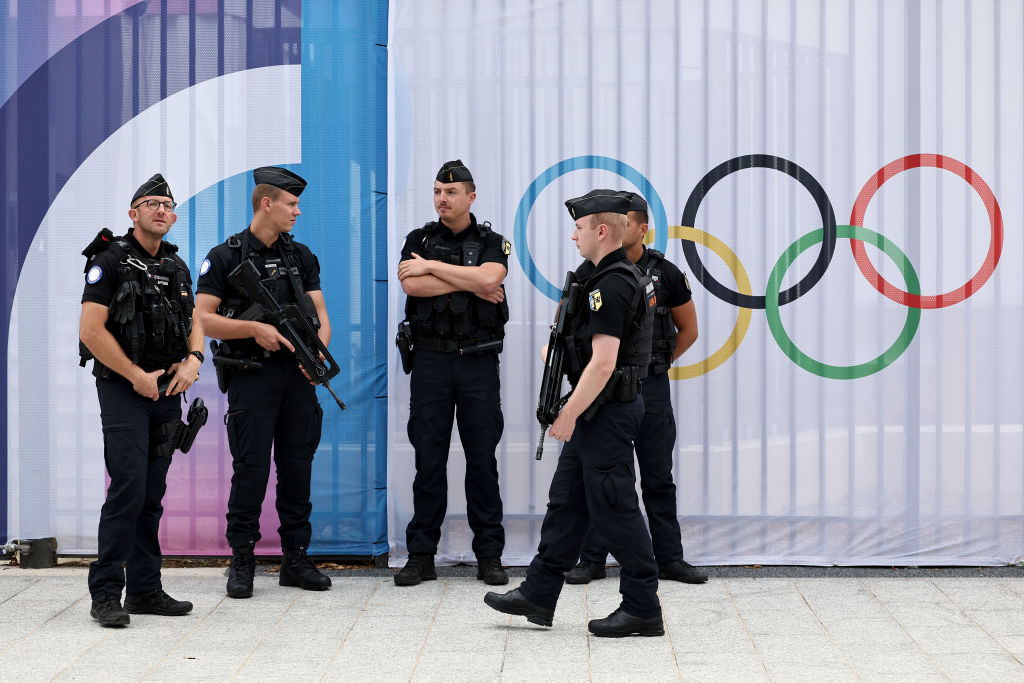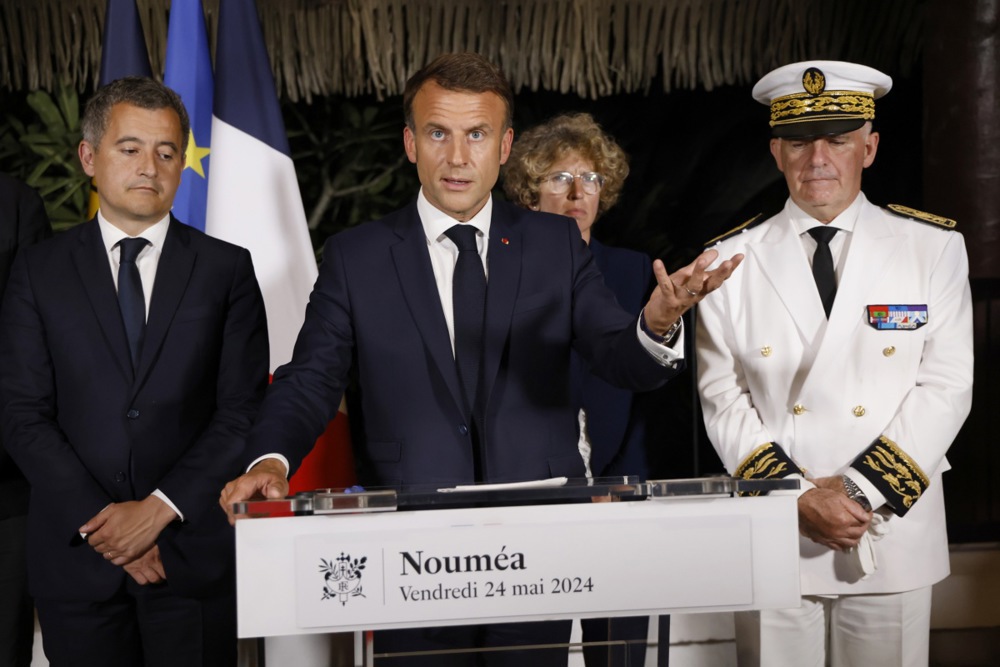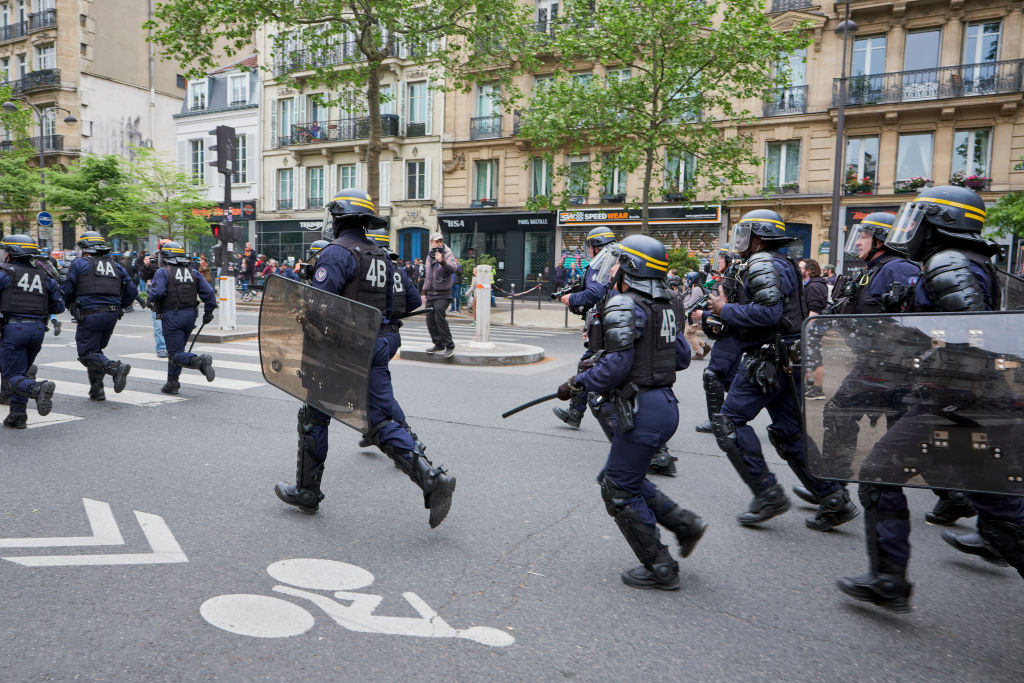Tension has risen in the French Caribbean island of Martinique amid rioting and arson attacks.
On October 9, several clashes and confrontations with the police were reported across the island, with the violence being sparked by local anger over high prices.
One person died during a conflict between looters.
According to the prefecture, as police officers were heading to the shopping centre to intervene due to ongoing looting, they discovered the injured individual and attempted to resuscitate him. The man was eventually declared dead at the hospital.
According to a provisional report, 12 gendarmes were also injured, including one by gunfire.
Another incident was reported in the town of Le Carbet, in the island’s northwest, where rioters burned down a new police precinct built in August 2024.
“It’s a difficult situation, it’s a complex situation. Today, the police forces attacked, and the town of Carbet is devastated,” said Jean-Claude Ecanvil, mayor of Carbet.
“I do not understand how we got to this point.”
?‼️ #Martinique : Des affrontements entre forces de l'ordre et individus cagoulés ont eu lieu dans la commune de Case-Pilote. pic.twitter.com/hvwuLmpm4J
— Resca MQ/GP (@resca_mqgp) October 10, 2024
Unrest has been growing across the island since late September when, dressed in red, the island’s inhabitants took to the streets and attacked supermarkets to protest at soaring prices.
The activists denounced the average 40 per cent price increase on products sold on the island.
In response to the escalating demonstrations, the French Ministry of Interior imposed a curfew and dispatched the Compagnies Républicaines de Sécurité (CRS) anti-riot police force, which had been banned for 65 years following the bloody riots of December 1959.
The CRS deployed by France in response to rioting in 1959 ended up being accused of using disproportionate force against protesters, with police involvement being linked to the deaths of several young demonstrators.
A partial renewable curfew has been established in France’s overseas region of Martinique in the Caribbean amid protests about the high cost of living there.https://t.co/lMLYCnmLDq
— Brussels Signal (@brusselssignal) September 19, 2024
On October 2, Serge Letchimy, the President of the Executive Council of Martinique, warned French Prime Minister Michel Barnier of an “explosive situation” engulfing the Caribbean island.
He also criticised what he saw as the inaction of the French Government over the issue.
“Martinique is at a dead-end and the French State is looking the other way,” he wrote in a letter.
He called on the State to make “clear and concrete commitments” warning that “doing nothing would risk aggravating an already explosive situation”.
Negotiations between the local authorities and the movement leading the unrest — the Rally for the Protection of Afro-Caribbean Peoples and Resources — continue. A fourth meeting is due to take place in October 10.
France, with 12 territories under its sovereignty, holds one of the largest overseas regions in the world.
However, many of these territories face stark disparities compared to the mainland, with socioeconomic conditions steadily deteriorating thus sparking discontent among the population.
Martinique has seen similar protests in recent years, fuelled by feelings of being treated as “second-class citizens.”
The State’s first answer to political and social unrest is always to deploy law and order forces.
In the spring of this year, anti-colonial protests erupted on the other side of the globe, in the Pacific Ocean archipelago of New Caledonia, with the subsequent rioting resulting in the deaths of several inhabitants and activists.
The unrest is said to stem from French President Emmanuel Macron’s proposed bill to amend the Constitution which, if accepted, would allow people who moved to New Caledonia after 1998 to vote in its elections.
Indigenous people opposed the bill and protested against what they considered a threat to their self-determination, claiming it would favour recent settlers on the archipelago over the native inhabitants.
French President Emmanuel Macron is fighting to keep a small island territory from seceding from France. https://t.co/RUkf4UayC9
— Brussels Signal (@brusselssignal) July 26, 2023





